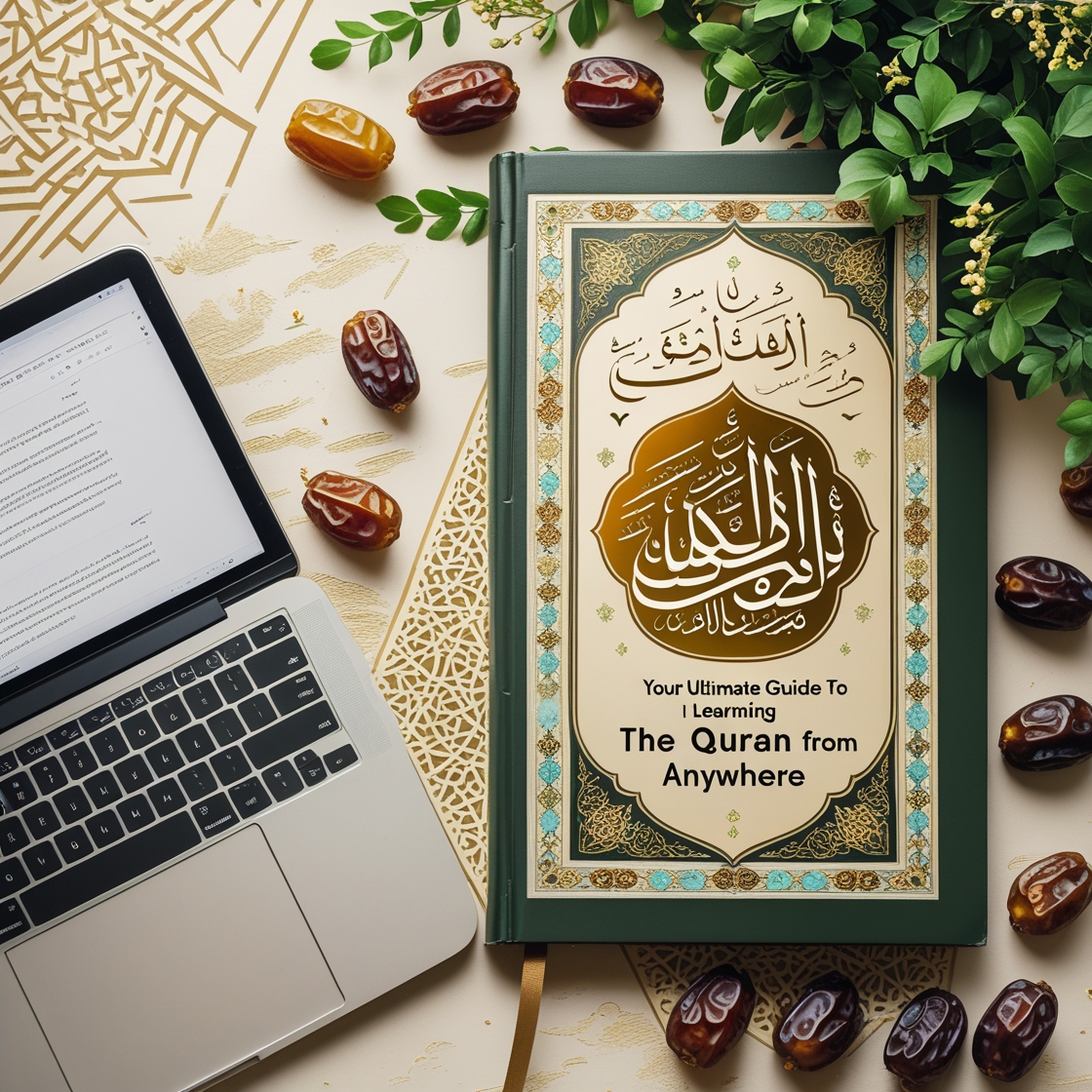
The Essence, Education, and Evolution of the Holy Quran
Introduction and Understanding
The term refers to anything related to the Holy Quran, the sacred scripture of Islam. As the ultimate source of guidance for Muslims, the Quran encompasses divine teachings, laws, stories, and principles revealed by Allah to the Prophet Muhammad (peace be upon him) over a period of 23 years. These teachings shape the moral, spiritual, and legal aspects of a Muslim’s life.
Understanding the essence is not limited to reading the Arabic script. It involves grasping the linguistic beauty, historical context, divine laws, and spiritual lessons that make the Quran timeless. Whether you’re a lifelong Muslim or someone seeking to explore the depths of Islamic knowledge, learning the Quranic way of life enriches both personal development and spiritual growth.
The Meaning of Quranic: Beyond the Pages
The revelation is a unique phenomenon. It wasn’t revealed all at once but gradually, addressing the evolving needs of the Muslim community. The word “Quran” comes from the Arabic verb qara’a, meaning “to read” or “to recite.” The method of revelation ensured that verses were not only memorized but deeply understood.
Language and Structure
qurantuter.comThe Quranic language is Classical Arabic, with profound eloquence, rhythm, and metaphors. Many scholars emphasize the Quranic style as inimitable. Its structure includes 114 chapters (surahs), which are further divided into verses (ayahs). The Quranic themes include:
- Tawheed (Monotheism)
- Prophethood
- The Afterlife
- Ethical guidance
- Legal rulings
- Historical narratives
Message:
The core Quranic message revolves around faith in one God, righteous living, justice, and compassion. The Quranic world view promotes intellectual inquiry and moral integrity. It empowers believers to live meaningful lives aligned with divine guidance.
Education: Traditional and Modern Approaches
Traditional Learning :
Historically, Quranic education was provided in madrassas (Islamic schools) and mosques. The curriculum often began with Noorani Qaida, a foundational guide for learning Arabic letters and pronunciation. Once students mastered it, they progressed to memorizing the Quran (Hifz) and learning Tajweed (rules of pronunciation).
Key Elements of Traditional Quranic Learning
- Quran memorization (Hifz): Often a lifelong commitment
- Tajweed training: Ensuring correct pronunciation
- Tafsir classes: Understanding meaning and context
- Hadith studies: Supporting Quranic understanding
- Fiqh: Islamic jurisprudence based on Quranic laws
Modern Quranic Learning
Today, Quranic learning is more accessible than ever, thanks to technology. Students across the globe can now enroll in courses online, join live sessions with certified tutors, and use interactive apps.
Benefits of Modern Education
- Global access: Students can learn from top scholars regardless of location
- Flexible scheduling: Ideal for busy parents, working professionals, and students
- Personalized instruction: One-on-one tutoring
- Multilingual support: Quranic instruction in English, Urdu, French, and more
- Use of visual aids and quizzes: Makes learning more engaging
Popular Tools and Platforms
Some widely used platforms for Quranic learning include:
- Bayyinah TV
- Quran.com
- Tarteel.ai
- Noor Academy
- Learn Quran Tajwid App
These platforms offer a variety of services such as recitation correction, tafsir, and even AI-generated feedback on pronunciation.
The Role of Studies in Personal Development
Moral and Ethical Guidance
The Quranic worldview nurtures character building, truthfulness, humility, justice, and compassion. Many of the Prophet’s companions were transformed individuals due to the Quranic influence.
Mental and Emotional Well-being
Studies show that listening to recitation can reduce anxiety, promote peace of mind, and even improve focus. The Quranic verses serve as a source of spiritual therapy and emotional resilience.
Developing Critical Thinking
The Quran constantly invites believers to reflect, ponder, and question:
“Do they not reflect upon the Quran, or are there locks upon [their] hearts?” (Surah Muhammad 47:24)
This Quranic invitation fosters a culture of intellectual curiosity and rational reasoning, crucial in today’s fast-paced world.
Challenges and Education and How to Overcome Them
1. Language Barrier
Most non-Arabic speakers struggle with understanding the original Quranic language. Solution:
- Use Quranic translations and Tafsir by reputable scholars.
- Enroll in Arabic language courses designed for Quranic comprehension.
2. Lack of Time
Busy schedules often delay Quranic learning. Solution:
- Adopt micro-learning: 10–15 minutes daily can make a difference.
- Use audio formats during commutes or chores.
3. Inconsistent Guidance
Unreliable sources can lead to misinterpretation. Solution:
- Follow certified scholars or institutions with a strong curriculum.
- Avoid isolated verses out of context; always seek a complete understanding.
Sciences: A Deep Dive
To understand the body of knowledge fully, one must engage with its sciences:
Uloom al-Quran (Sciences of the Quran)
This field covers:
- Asbab al-Nuzul (Context of Revelation)
- Makki vs. Madani Surahs
- Nasikh wa Mansukh (Abrogation)
- Ijaz al-Quran (Inimitability of the Quran)
Tafsir ( Exegesis)
Tafsir aims to unpack meanings through:
- Linguistic analysis
- Historical context
- Cross-referencing Hadith
- Scholarly opinions
Renowned scholars of Quranic Tafsir include Imam Al-Tabari, Ibn Kathir, and Al-Qurtubi.
For Beginners: How to Start the Journey
If you’re starting your Quranic journey, here’s a simple roadmap:
1. Learn Noorani Qaida
This essential book helps beginners recognize Arabic letters and pronunciation with basic Tajweed.
2. Focus on Juz Amma (30th Part)
This section contains short, foundational surahs. Memorizing them builds confidence.
3. Join a Class Online
Online platforms offer structured, live Quranic courses for all ages and levels.
4. Practice Daily Reflection
Even one verse a day, reflected upon deeply, can transform your life.
Women and Learning: Breaking Barriers
Historically, Muslim women have played pivotal roles in Quranic transmission. Today, online learning empowers more women to engage in Quranic studies without geographical or social restrictions.
Initiatives like female-only Quran classes, women-led institutes, and female scholars on YouTube and Instagram are helping bridge the gender gap in Islamic education.
Influence on Arts, Culture, and Civilization
Calligraphy and Architecture
Quranic verses adorn the walls of grand mosques, palaces, and manuscripts. The art of calligraphy became a spiritual expression and visual discipline across Islamic civilization.
Themes in Literature
From poetry in Persia to prose in Andalusia, the language inspired generations of Muslim writers, helping develop a unique body of global Islamic literature.
The Future of Learning
With AI, virtual reality, and digital classrooms, the future of education looks promising. Imagine:
- AI tutors correcting Tajweed in real time
- VR-based Hajj and Quranic story simulations
- Gamified Quran memorization apps for kids
- Blockchain for Quranic certification authenticity
These advancements will help protect, preserve, and personalize the Quranic experience for generations.
Conclusion: The Everlasting Light of the Path
The Quran is not just a book—it’s a way of life. The message has guided humanity for over 1400 years and continues to illuminate hearts today. Whether you begin by reading one verse, taking an online class, or listening to a recitation—what matters most is sincerity and consistency.
Embrace the journey today. Reflect on its verses, seek knowledge humbly, and let its divine words shape your thoughts, actions, and soul.
“This is the Book about which there is no doubt, a guidance for those conscious of Allah.” (Surah Al-Baqarah 2:2)
